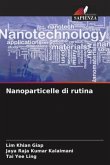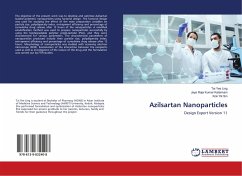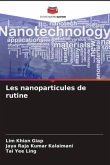This study aims to prepare and enhance Rutin loaded polymeric nanoparticles using factorial design. The effect of major preparation variables, amount of drug, amount of polymer and sonication frequency on particle size, encapsulation efficiency, cumulative drug release (CDR) at 12th hour and polydispersity index (PDI) are studied with factorial design. Amended emulsification method was used to fabricate nanoparticles by using poly(L-lactide), which is biodegradable. Various parameters of nanoparticles were characterized which include particle size, encapsulation efficiency, cumulative drug release at 12th hour and polydispersity index. Scanning Electron Microscope (SEM) was employed to study the morphology of the prepared nanoparticles. FTIR studies were performed to assess the interaction between the excipients used and the drug due to its nature. The ideal formulation has a particle size of 240.596nm, encapsulation efficiency of 70.376 %, CDR at 12th hour of 78.978 % and PDI of0.2926. SEM results indicates that the nanoparticles are spherical in shape. On the other hand, FTIR results showed that the components used in formulating the nanoparticles are compatible.








